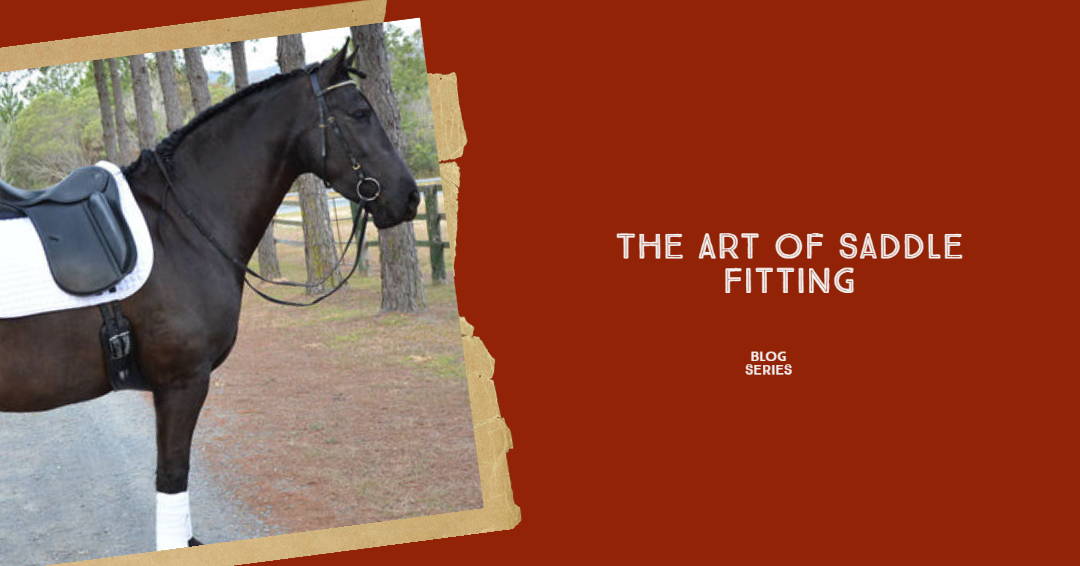Placing the saddle in the optimal position on a horse's back is crucial for ensuring comfort, promoting proper biomechanics, and enhancing overall performance. The correct placement of the saddle directly affects the horse's balance, muscle development, and freedom of movement. In this blog post, we will delve into the importance of finding the optimal saddle position and discuss key considerations for achieving a balanced and harmonious connection between horse and rider.
Understanding Optimal Saddle Placement:
Optimal saddle placement refers to finding the correct position on the horse's back that allows for balance, stability, and optimal weight distribution. The saddle should be positioned to accommodate the horse's conformation, facilitate freedom of movement, and provide the rider with a centered seat. Finding the right spot for the saddle promotes comfort, prevents discomfort or pain, and supports the horse's natural biomechanics.
Key Considerations for Optimal Saddle Placement:
1. Balance and Alignment:
The saddle should sit balanced and level on the horse's back. When viewed from the side, the deepest point of the saddle, known as the seat, should be centered over the horse's center of gravity. A balanced saddle allows the rider's weight to be evenly distributed, preventing excess pressure on specific areas of the horse's spine and promoting a harmonious connection.
2. Clearing the Shoulder Blades:
The saddle should provide adequate clearance for the horse's shoulder blades to move freely. Placing the saddle too far forward can restrict the horse's shoulder movement, impacting stride length and impeding the horse's ability to engage its hindquarters. Proper saddle placement ensures that the shoulder blades have room to rotate without interference, facilitating fluid and efficient movement.
3. Alignment with the Girth and Billets:
The girth and billets play a crucial role in stabilizing the saddle and maintaining its position. Proper saddle placement ensures that the billets, which attach the girth to the saddle, hang near vertically and align with the horse's natural girth groove. This alignment ensures that the saddle remains secure, reducing the risk of slippage or instability during riding.
4. Clearance of the Spine and Withers:
The saddle should have adequate clearance over the horse's spine and withers to prevent pressure points and discomfort. Placing the saddle too low can cause pressure on the withers, while positioning it too high can create pressure along the spine. Optimal saddle placement ensures that the saddle clears these areas, allowing for unrestricted movement and avoiding potential soreness.
5. Consultation with a Professional:
Seeking guidance from a professional saddle fitter or experienced equestrian is invaluable in determining the optimal saddle placement for a specific horse and rider combination. A professional can assess the horse's conformation, evaluate the saddle fit, and make adjustments to achieve the ideal balance and position.

